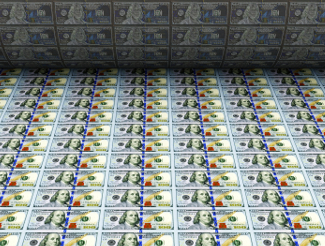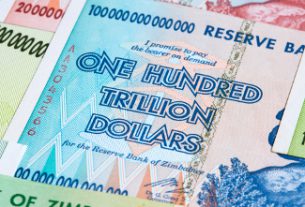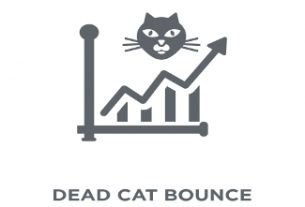The universal response of central banks around the world to the financial crisis was to create more money. Trillions of dollars worth of new money was created by the Federal Reserve System to respond to the financial crisis, with trillions more created by the European Central Bank, Bank of England, Bank of Japan, and other major world central banks.
The result was exactly what central banks wanted: prices for all assets remained elevated. From houses to cars to food and clothing, the cost of living continues to increase year after year without ceasing. For those on fixed incomes or those who haven’t seen raises for years, those continual price increases eat into paychecks and result in an ever-declining standard of living.
Central banks have bought into an age-old lie, that high nominal prices are what make people wealthy. Think about it this way: you could buy a single 3,000-square foot house in the San Francisco area for $1.5 million, or you could buy two of the same 3,000-square foot houses in Philadelphia for $750,000. Who is wealthier, the person who owns the one expensive house or the person who owns two houses?
Real wealth has always been defined as the ability to accumulate capital, actual tangible assets that can be put to use. Paper wealth, be it cash, bank deposits, stocks and bonds, etc. is only of use if it can be exchanged for tangible assets. But as more and more money is created by central banks, the purchasing power of those paper assets declines. At the 2% annual inflation rate targeted by the Fed, purchasing power decreases by 1/3 every 20 years.
That’s why investors who are aware of central banks and their actions take steps to diversify their portfolios and invest in gold, silver, and other precious metals. Gold has served as a hedge against inflation for centuries, and it maintains its value when paper assets and fiat money become worthless. During the German hyperinflation of the 1920s, for instance, those who owned gold and silver were able to survive and even thrive, while those whose assets consisted in paper money and bank accounts saw their life savings reduced to nothing. Tangible assets trumped paper wealth.
With an increasing amount of pressure on the Fed to cut rates and engage in further quantitative easing to keep stock markets juiced, it may only be a matter of time before trillions more dollars are pumped into the financial system. Investors who aren’t already invested in gold to protect their wealth by then may find themselves in an incredibly difficult spot once that occurs and could suffer severe losses.
This article was originally posted on Goldco.





